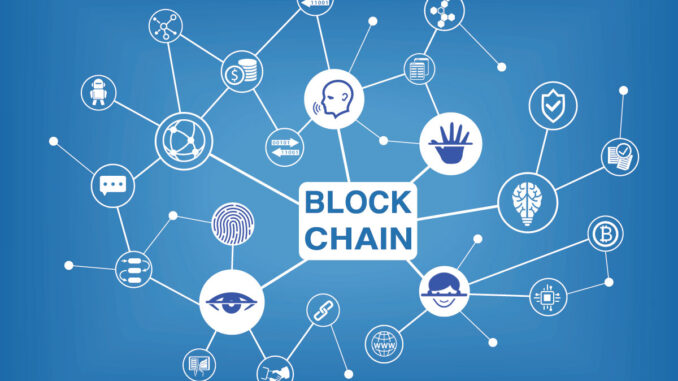






A blockchain is a type of distributed database or ledger shared among a network of computers (nodes). Unlike traditional databases, which store information in a centralized manner, blockchains distribute data across multiple nodes. Here are some key points about blockchains:
- Structure: Blockchains store data in blocks, which are linked together using cryptography. Each block contains a set of transactions or other types of information.
- Decentralization: In a decentralized blockchain (like Bitcoin’s), no single entity has control. Instead, all users collectively retain control. This decentralization ensures transparency and security.
- Immutability: Once data is recorded on a blockchain, it becomes immutable—meaning it cannot be altered. This property is crucial for maintaining trust and preventing tampering.
- Trust Minimization: Blockchains reduce the need for trusted third parties (such as auditors) because the data cannot be changed once entered. Trust is required only at the point of data entry.
How Does a Blockchain Work?
Imagine a blockchain as a digital ledger where information is entered and stored. Here’s how it operates:
- Data Collection: Transactions or other data are collected and entered into a block. Think of each block as a cell in a spreadsheet.
- Encryption: Once a block is full, the information is run through an encryption algorithm, creating a unique hash (a hexadecimal number). This hash is then added to the next block, forming a chain.
- Chained Blocks: The series of blocks, each containing a hash of the previous one, creates the blockchain. These chains of blocks ensure the integrity of the data.
- Transaction Process: Transactions follow specific processes depending on the blockchain. For instance, in Bitcoin’s blockchain, initiating a transaction involves using a cryptocurrency wallet, which triggers a sequence of events.
Real-World Applications
Beyond cryptocurrencies, blockchains have diverse applications:
- Decentralized Finance (DeFi): DeFi platforms use blockchain for lending, borrowing, and trading without intermediaries.
- Non-Fungible Tokens (NFTs): NFTs represent unique digital assets (art, collectibles) on blockchains.
- Smart Contracts: These self-executing contracts automate processes based on predefined conditions.
In summary, blockchains provide a secure, transparent, and tamper-proof way to manage data across various industries. Whether you’re exploring financial systems, digital art, or supply chains, understanding blockchain technology is essential! 🌐🔗
For more detailed information, you can explore resources from Investopedia, IBM, or Built In123.
Leave a Reply